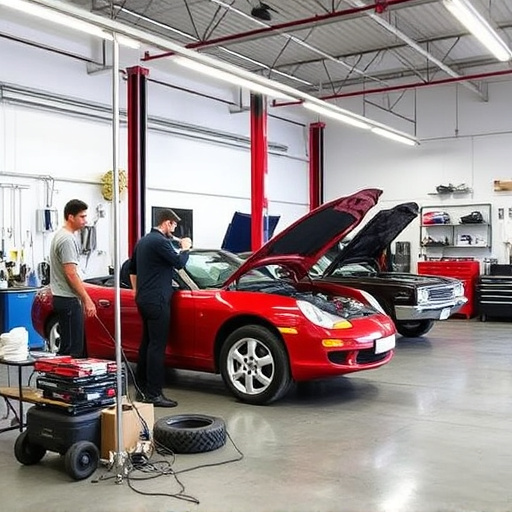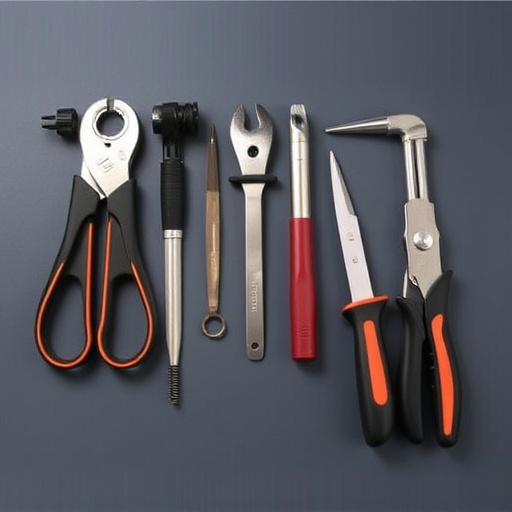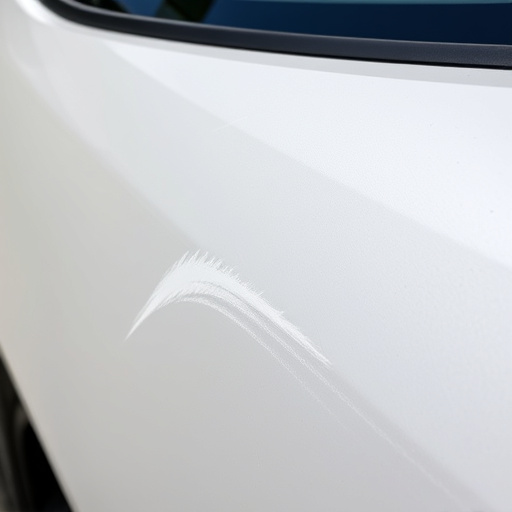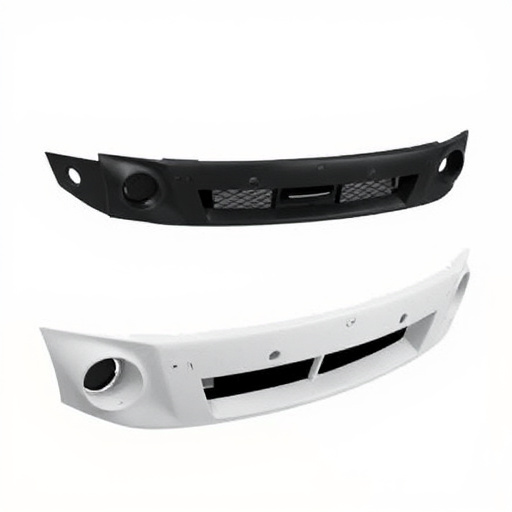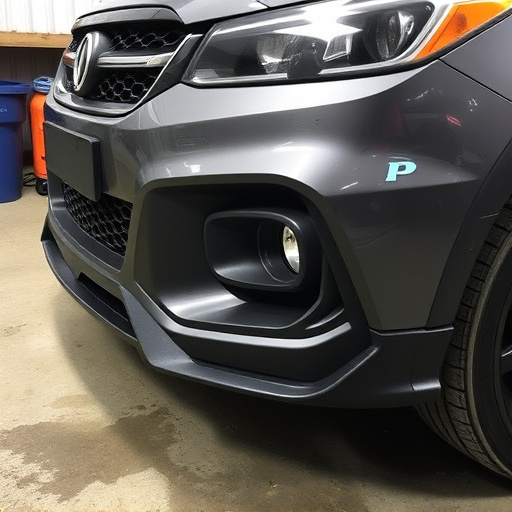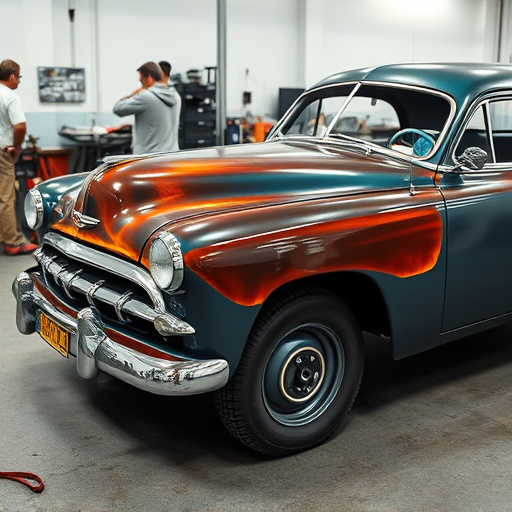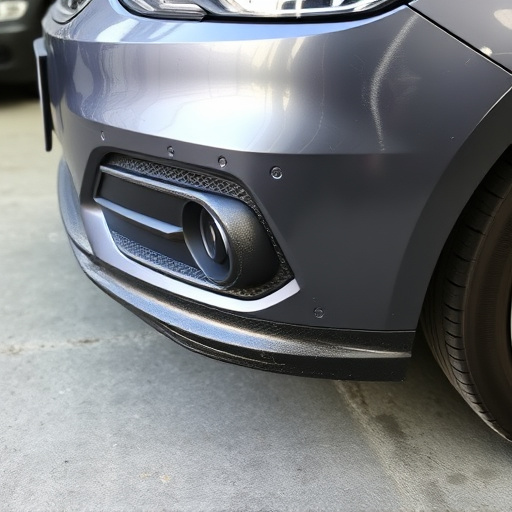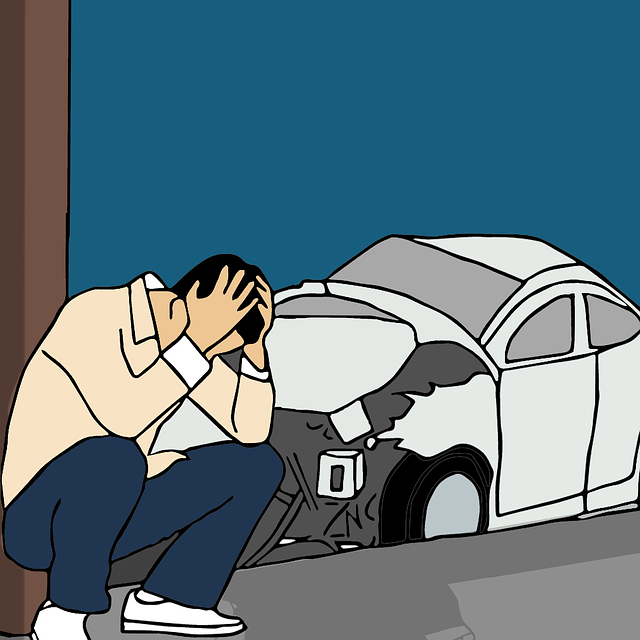The auto industry is leveraging cutting-edge technologies like 3D scanning, predictive AI, virtual reality, and augmented reality to accurately assess diminished value after repairs. These innovations aim for transparency and efficiency, transforming how auto body shops and owners navigate post-repair market value determinations. To stay competitive, professionals must adopt advanced diagnostic tools, communicate value losses transparently, employ high-quality paint repair techniques, invest in modern equipment, use advanced materials, and offer tailored service packages, ensuring cost-effectiveness and customer satisfaction in a dynamic market.
The concept of diminished value after repair is a significant concern in the auto industry, impacting both manufacturers and consumers. As vehicles become increasingly sophisticated, understanding and assessing reduced resale value post-repair has become more complex. This article explores the current landscape of diminished value after repair, delving into emerging technologies that influence its evaluation. We also analyze the implications for the automotive sector, offering strategies to mitigate and adapt to these changes, ensuring a sustainable future in the face of evolving market dynamics.
- Understanding Diminished Value After Repair: The Current Landscape
- Emerging Technologies and Their Impact on Diminished Value Assessment
- Implications for the Auto Industry: Strategies for Mitigation and Adaptation
Understanding Diminished Value After Repair: The Current Landscape

In the auto industry, diminished value after repair refers to the reduction in a vehicle’s overall worth following a crash or damage that requires collision repair or visits to an auto body shop. This concept is significant because while repairing a vehicle restores its physical integrity, it doesn’t necessarily restore its pre-incident market value. The current landscape of diminished value after repair is complex, influenced by several factors including the severity of damage, the availability and quality of replacement parts, and the reputation of the collision center performing the repairs.
Auto body shops play a crucial role in mitigating diminished value by ensuring meticulous repairs that adhere to manufacturer standards. However, even with skilled labor and high-quality parts, the perception of a vehicle as a “damaged” or “repaired” model can impact its resale value. This is particularly true for high-end vehicles where original equipment and precise restoration are paramount. Understanding these dynamics is essential for both consumers and collision centers to set realistic expectations and communicate transparently about potential diminished values after repairs.
Emerging Technologies and Their Impact on Diminished Value Assessment

The future of diminished value after repair in the auto industry is being reshaped by emerging technologies. Tools such as advanced 3D scanning and predictive AI models are transforming how vehicle damage is assessed, leading to more accurate determinations of diminished value following car body repair or car dent repair incidents. These innovations allow for a deeper understanding of a vehicle’s structural integrity and cosmetic condition, ensuring that every minor scrape or significant collision-related damage is accurately accounted for.
Furthermore, advancements in virtual reality (VR) and augmented reality (AR) technologies are enabling more immersive inspections, particularly beneficial in complex car collision repair scenarios. This enables insurance adjusters and appraisers to virtually “walk around” a vehicle, examining every angle and detail, which enhances the precision of diminished value assessments. By leveraging these emerging technologies, the industry is moving towards a more transparent and efficient process for determining fair market value post-repair.
Implications for the Auto Industry: Strategies for Mitigation and Adaptation

The concept of diminished value after repair has significant implications for the auto industry. As vehicles age and undergo repairs, their resale value tends to drop, impacting both owners and auto body shops. This phenomenon challenges traditional pricing models, forcing dealers and repair professionals to adapt. Strategies for mitigation include adopting advanced diagnostic tools to accurately assess vehicle condition before and after repairs, ensuring transparency in communication with customers about the potential loss in value, and implementing high-quality, specialized vehicle paint repair techniques to minimize cosmetic imperfections that can negatively affect resale price.
Auto body shops must also embrace innovative practices and technologies to remain competitive. Investing in modern equipment for precise repairs, utilizing advanced materials that mimic original factory finishes during vehicle paint repair, and offering comprehensive service packages tailored to different customer needs are essential steps. By adopting these strategies, auto industry stakeholders can better navigate the challenges posed by diminished value after repair, ensuring both cost-effectiveness and customer satisfaction in a rapidly evolving market.
The auto industry is at a crossroads regarding diminished value after repair, with emerging technologies challenging traditional assessment methods. As consumer expectations evolve, understanding and mitigating the impact of diminished value will be crucial for automakers and repair shops alike. By adopting innovative solutions and implementing strategic adaptations, the industry can ensure fair post-repair valuations, enhancing customer satisfaction and fostering trust in an era of advanced vehicle technology. This shift towards more precise and technology-driven assessments is not just a trend but an essential step to meet the demands of today’s digital-first consumers.
